Mental Health Awareness Month
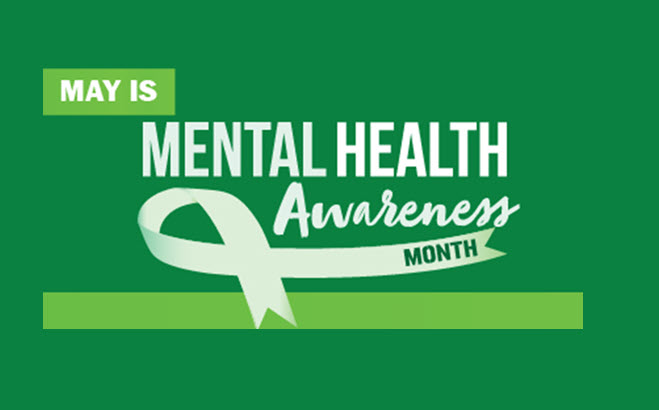
For more than 20 years, the Substance Abuse and Mental Health Services Administration (SAMHSA) has recognized Mental Health Awareness Month (MHAM) every May to increase awareness about the vital role mental health plays in our overall health and well-being and provide resources and information to support individuals and communities who may need mental health support.
May is AAPINH Month
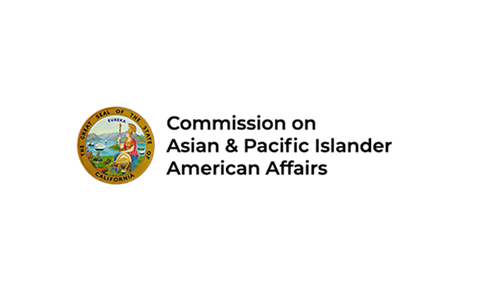
Every May, the U.S. observes Asian American, Native Hawaiian, and Pacific Islander (AANHPI) month to celebrate and recognize the contributions of AANHPI people to our culture and communities. This is also a time to pay special attention to the mental health and well-being of AANHPI individuals. Almost one third of the nation’s Asian American (AA) population lives in California. California also has more native Hawaiians and people from many of the Pacific Islands than any other state in the contiguous US.
Visit the BHWD Resource Library

The BHWD Resource Library contains hundreds of webinars, videos, toolkits, handouts, and other materials to support the behavioral health workforce in California.
World AIDS Day
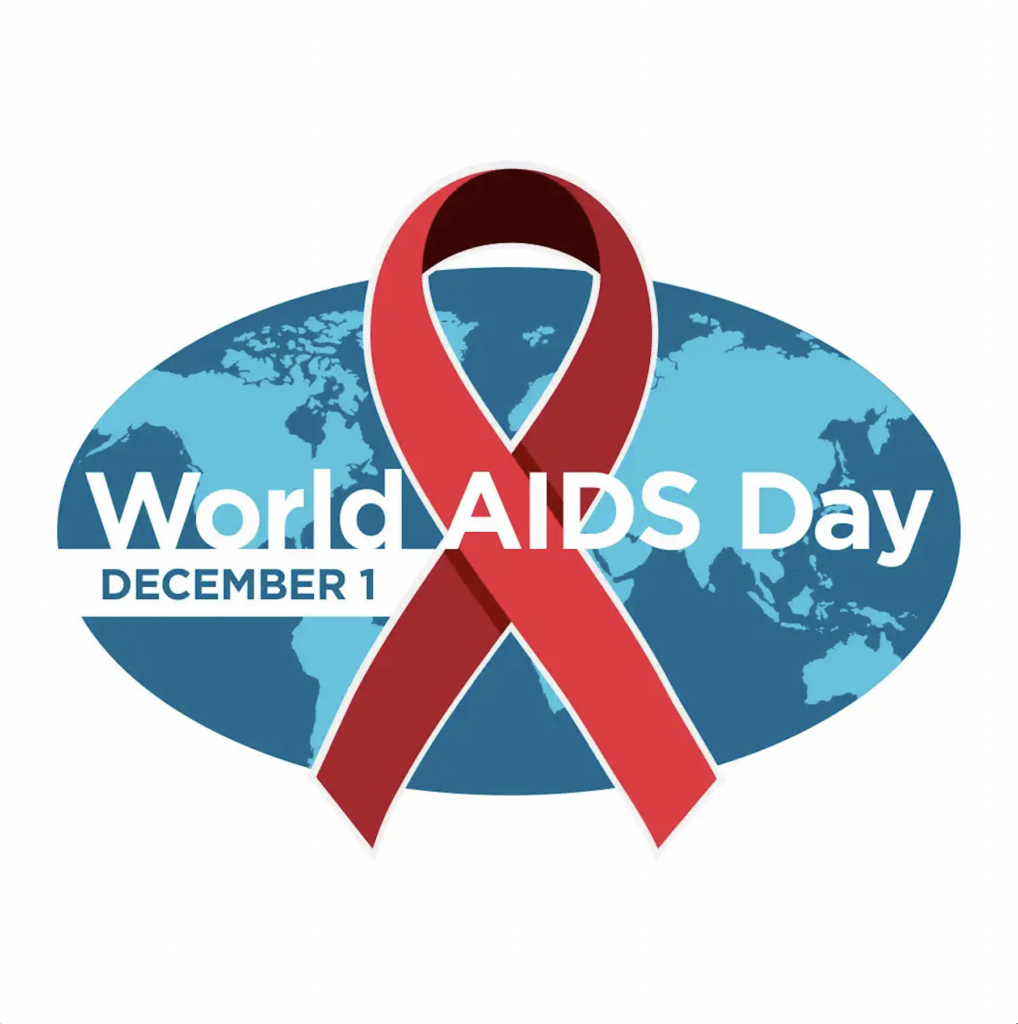
World AIDS Day is observed every year on December 1 to spread awareness about Acquired Immune Deficiency Syndrome (AIDS) caused by Human Immunodeficiency Virus (HIV) and support those living with the disease. The first ever World AIDS Day was observed on December 1, 1988. This year, World Health Organization (WHO) said that the theme is ‘let communities lead’. The UN body said that the theme has been decided to mark the pivotal impact communities have had in shaping the HIV response.
World Mental Health Day
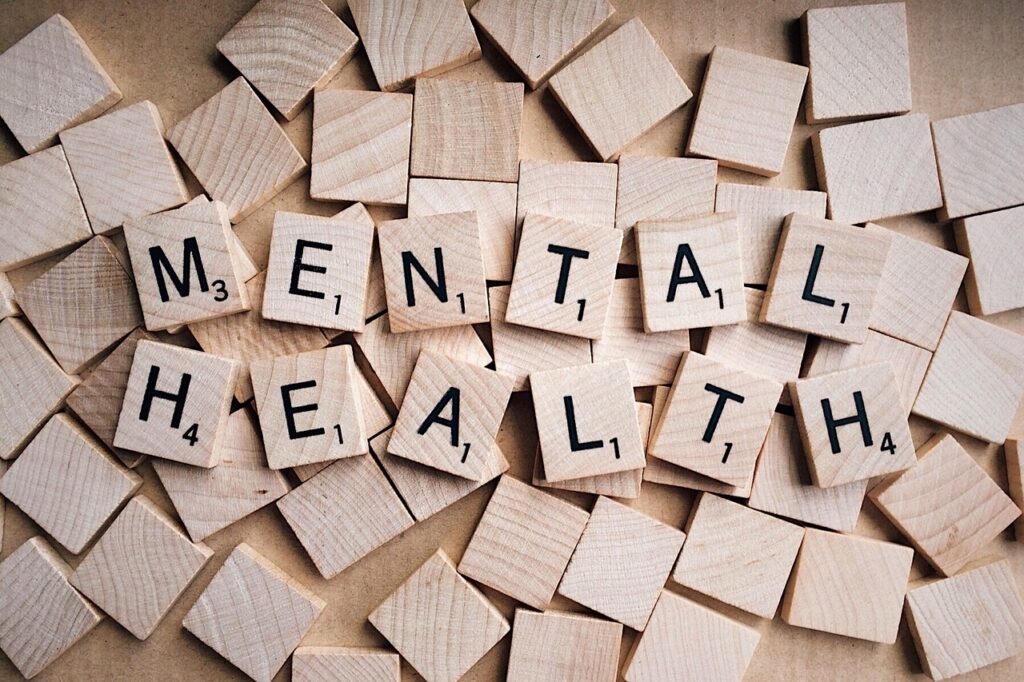
October 10 is World Mental Health Day.
The World Health Organization (WHO) recognizes October 10 as World Mental Health Day to raise awareness of mental health issues around the world and to mobilize efforts in support of mental health. The Day provides an opportunity for all stakeholders working on mental health issues to talk about their work, and what more needs to be done to make mental health care a reality for people worldwide.
September Suicide Prevention Month
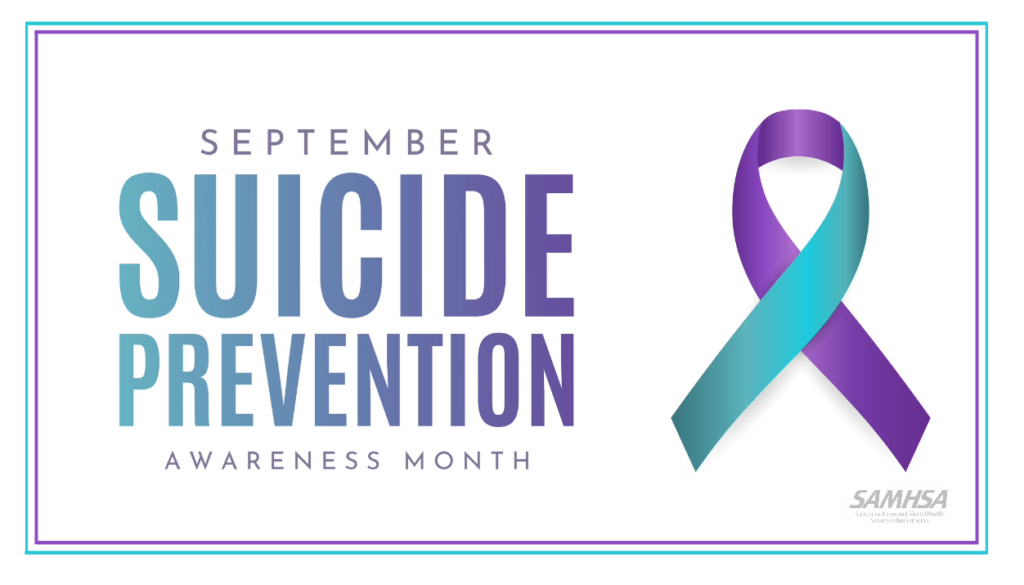
Every year SAMHSA dedicates this month to remembering the lives lost to suicide and the millions of people who have struggled with suicidal ideation, and acknowledge the individuals, families, and communities that have been impacted. The Suicide Prevention Resource Center has a variety of resources for communities, families, and providers to help prevent suicide.
Learn more at https://sprc.org and https://www.samhsa.gov/newsroom/suicide-prevention-month
Mentored Internship Program (MIP), Round 1 Organizations Continuing to Round 2
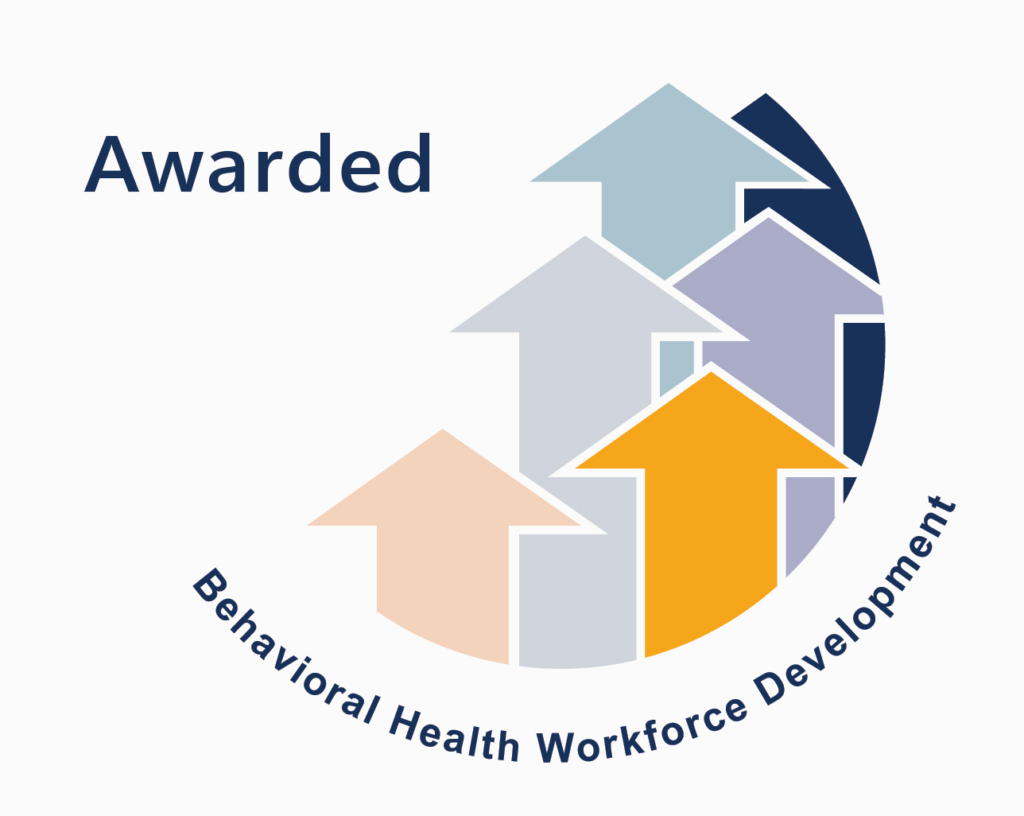
This table displays all information regarding the MIP Round 1 Continuing Organizations funding, including: organization, award amount, city and county.
CALIFORNIA INVESTS ADDITIONAL $33 MILLION IN MENTORED INTERNSHIP PROGRAM
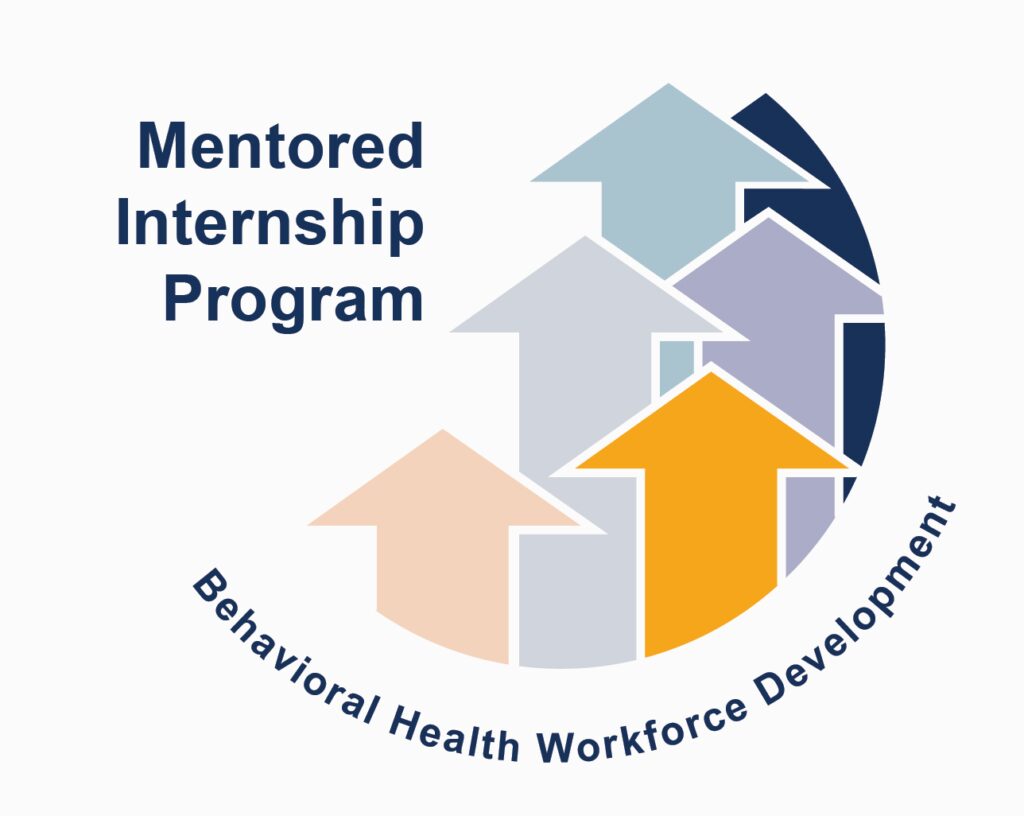
SACRAMENTO — The Department of Health Care Services (DHCS) awarded an additional $33 million to 120 nonprofit provider and tribal organizations, extending the existing behavioral health workforce Mentored Internship Program to organizations that successfully completed the first round of the program. Each entity will receive up to $500,000 to enhance and build its behavioral health substance use disorder workforce, focusing on resources that expand the prevention, treatment, and recovery workforce to support Californians with or at risk of developing an opioid use disorder.
August 31 is International Opioid Overdose Awareness Day
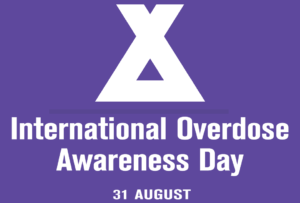
International Overdose Awareness Day is the world’s largest annual campaign to end overdose, remember without stigma those who have died, and acknowledge the grief of the family and friends left behind. In alignment with this observance, the California Opioid Prevention Network is releasing an Overdose Prevention 101 Guide. More information is available at a webinar on Tuesday, September 26 at 11:30 a.m. PT
Addressing Stigma and Substance Use Disorders

This course, designed to serve a broad audience including health care and behavioral health administrators and supervisors, direct care providers of behavioral health service and students in pre-service classes, provides content valuable for myriad professionals to consider in their day-to-day work when serving people with substance use disorders. The topics selected provide content identified in the literature as critical and will allow participants to gain a deeper understanding of the nature and context of stigma.
